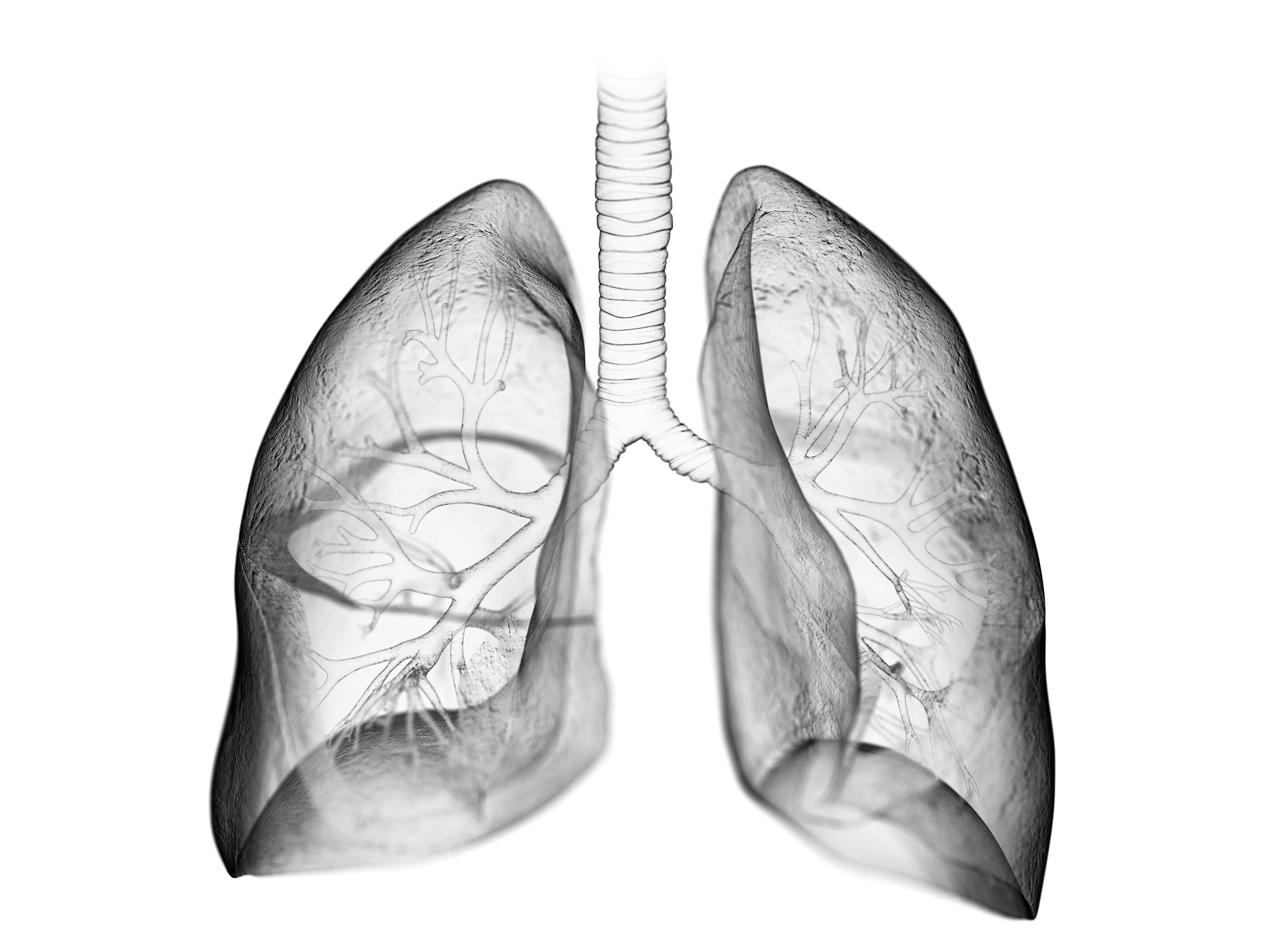Lung and kidney development
Morphogenesis, the process of organ assembly, relies on complex interactions - physical, chemical, and electrical - between multicellular populations of cells. Dysregulation of this process leads to a variety of congenital birth defects that can lead to mortality or life long complications. Much of the work to date has focused on genetic and molecular signals that drive these processes; however, we seek to understand how mechanical forces interact with cellular signaling networks to sculpt the physical process of morphogenesis. Studying developing tissues is incredibly difficult due their 3D nature and the need to visualize these dynamic mechanical environments over time. In our lab, we are building systems that allow us to visualize and perturb the cellular mechanical environments to understand the role of these forces in creating tissues. Specifically we are investigating the role of the extracellular matrix (ECM), tissue strains, tissue stiffness, and the role of fluid flows in driving cellular behaviors and organ formation to inform clinical treatment.
